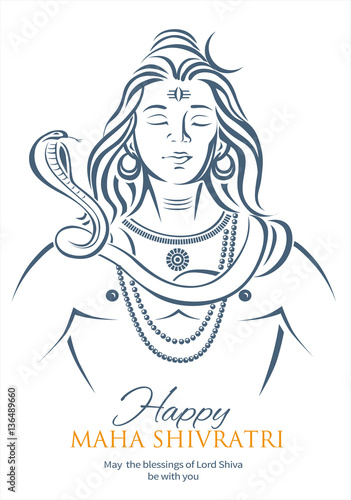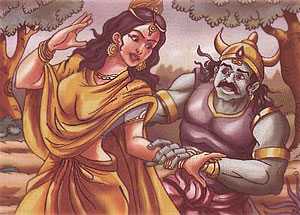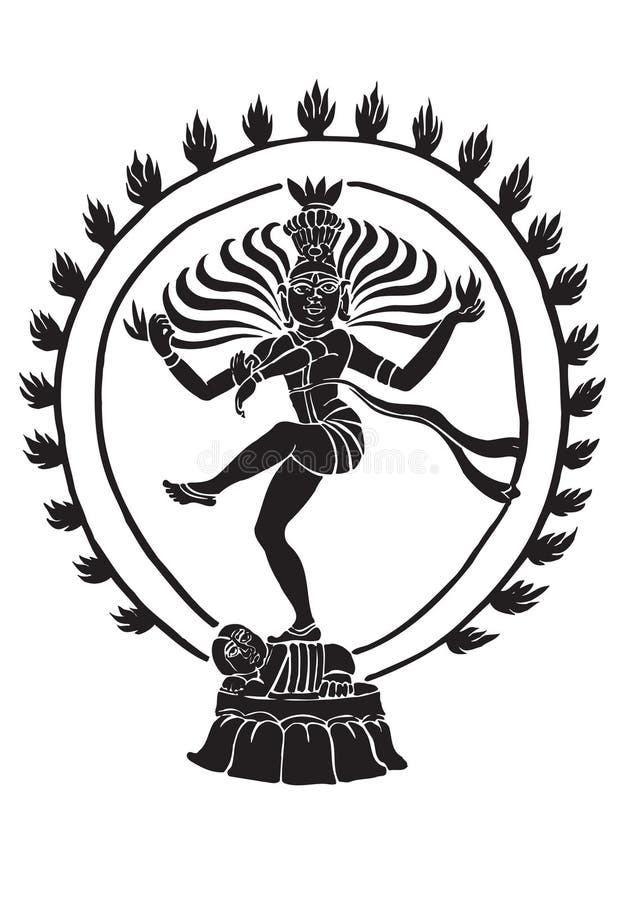As
we've covered various aspects of Lord Shiva through the year, here are some
highlights to review, remember and understand -
Significance of Shivalinga
[Source: Art of Living]: The Shivalinga is
a symbolic representation of Lord Shiva
-
Lord Shiva is
manifest all over the Universe. How does one identify or connect to Him? He has
no form! There needs to be a sign to identify Him. For this, the ancient seers
placed a round or oval stone and identified it with Lord Shiva
In the
ancient age, there was no form of Lord Shiva holding a Trident or anything like
that. There was only a Pind (a stone) that was kept and then by chanting
mantras, the Divine Consciousness was awakened and manifested in the Pind. This
is how the Lord Shiva was worshiped. It was only much later that idols were
created.
What is Shivalinga?
Lingam means identification,
a symbol through which you can identify what the truth is – what the reality
is. What is not visible yet can be identified by one thing – that is lingam.
When a baby is born, how do you know whether the baby is male or female? Only
through one part of the body can you identify whether this baby is a boy or a
girl. That is the reason the genitals is also called lingam.
Similarly,
how do you identify the Lord of this Creation? The sign by which you identify
both the male and female forms—combining them to form one single symbol to
identify the Lord who has no form or identity and who is all-pervading in this
Creation—is Shivalinga
The Shivalinga is
very ancient, in fact, it is the most ancient. From the form, you go to the
formless through the Shivalinga. It is a symbol that is the
representation of the Cosmos and the Creator of the Cosmos, as one. The
silent un-manifest and the dynamic manifestation together are represented
as Shivalinga. It is not just Shiva, but the completion of the total
Supreme Consciousness.
Small things
upset you from time to time, and your mind gets caught up in cravings and
aversions. On Shivratri, just drop all these and recognize that everything is
Lord Shiva and repose in Lord Shiva. We are all a part of Lord Shiva’s divine
procession. You must have heard that there are all types of beings and
creatures in Lord Shiva’s entourage – the Siddhas (perfected beings),
wise sages, intelligent beings, and even fools! Everyone is a part of Lord
Shiva’s family. Each one of us is a part of Lord Shiva’s grand entourage. When
you have this deep realization, then all of life becomes a celebration
Lord Nataraja:
- THE SIGNIFICANCE OF SHIVA'S DANCE
- A SCIENTIFIC METAPHOR
- THE NATARAJ STATUE AT CERN, GENEVA
This cosmic
dance of Shiva is called 'Anandatandava,' meaning the Dance of Bliss, and
symbolizes the cosmic cycles of creation and destruction, as well as the daily
rhythm of birth and death. The dance is a pictorial allegory of the five
principle manifestations of eternal energy—creation, destruction, preservation,
salvation, and illusion. According to Coomerswamy, the dance of Shiva also
represents his five activities: 'Shrishti' (creation, evolution); 'Sthiti'
(preservation, support); 'Samhara' (destruction, evolution); 'Tirobhava'
(illusion); and 'Anugraha' (release, emancipation, grace)
The overall
temper of the image is paradoxical, uniting the inner tranquility, and outside
activity of Shiva
Fritzof Capra
in his article "The Dance of Shiva: The Hindu View of Matter in the Light
of Modern Physics," and later in The Tao of Physics beautifully relates Nataraj's
dance with modern physics. He says that "every subatomic particle not only
performs an energy dance but also is an energy dance; a pulsating process of
creation and destruction…without end…For the modern physicists, then Shiva's
dance is the dance of subatomic matter
In 2004, a 2m
statue of the dancing Shiva was unveiled at CERN, the European Center for
Research in Particle Physics in Geneva. A special plaque next to the Shiva
statue explains the significance of the metaphor of Shiva's cosmic dance with
quotations from Capra: "Hundreds of years ago, Indian artists created
visual images of dancing Shivas in a beautiful series of bronzes. In our time,
physicists have used the most advanced technology to portray the patterns of
the cosmic dance. The metaphor of the cosmic dance thus unifies ancient
mythology, religious art, and modern physics."
Form of Lord Shiva:
Shiva (or Siva) is one of the most important forms in
the Hindu pantheon and, along with Brahma and Vishnu, is considered a member of
the holy trinity (trimurti) of Hinduism. Here are some important aspects for
you to know. Follow this link for one of the older posts -- Lord Shiva's form






